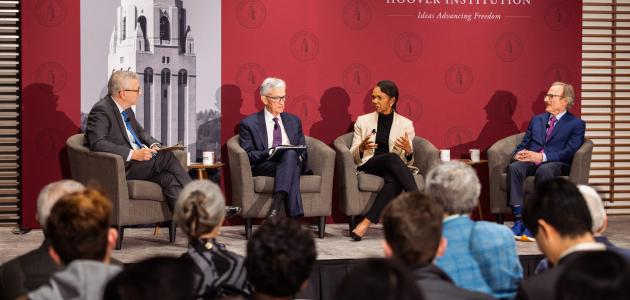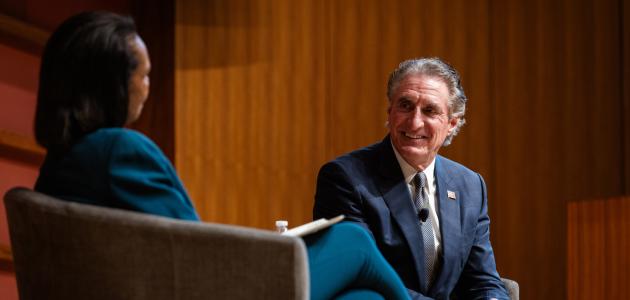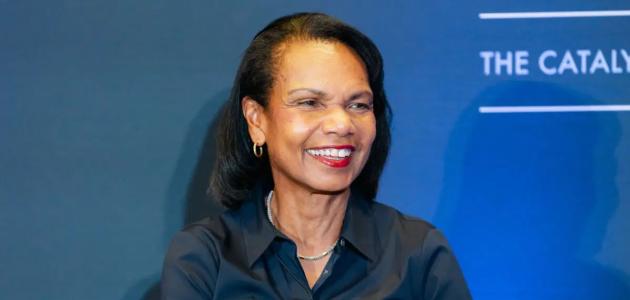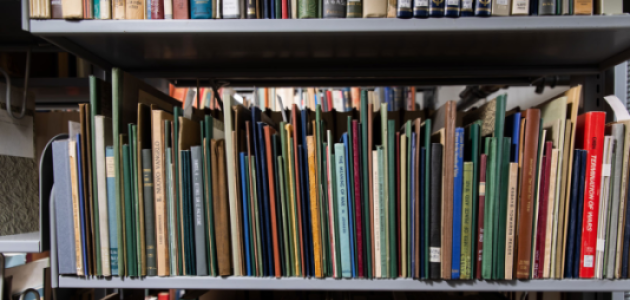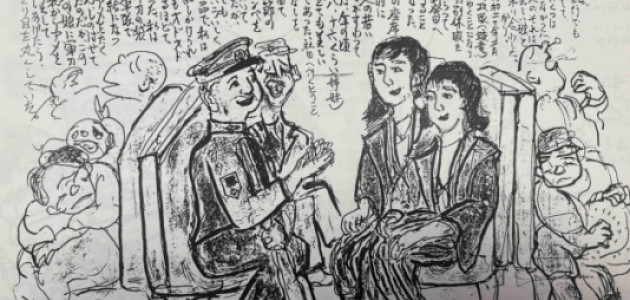STANFORD -- A new report in the spring 2007 issue of Education Next finds that dramatic changes in the composition of teaching staff as well as competition from public charter schools have contributed to enrollment declines and rising tuition costs in Catholic schools in the United States despite their history of strong educational achievement. Faced with a new educational landscape, many Catholic schools are trying innovative tactics to deal with the challenges.
The rising cost of providing a Catholic education has been affected by the loss of nuns in the classroom, where for years they provided high value at relatively low cost. The ranks of nuns and other minimum-wage religious teachers in Catholic schools have declined by 62 percent in the last five decades. Staff composition has shifted from being some 90 percent female and religious to less than 5 percent; laypeople now make up more than 95 percent of all Catholic school employees. With these changes have come cost increases: Average annual tuition has gone from next to nothing to more than $2,400 in elementary schools and almost $6,000 in high schools.
Although still a bargain by private school standards, Catholic schools must compete with “free,” public charter schools. Charter schools, which now enroll more than one million students and constitute a growing presence in many cities, have drawn students from Catholic schools as well as from traditional public schools. Voucher programs in some cities, however, are proving to be something of an antidote. Since 1996, Catholic schools in Milwaukee have been among the many private schools to benefit from the first state-supported voucher program. In 2005, each of the some 14,000 vouchers passed out in Milwaukee was worth $5,943 at any one of 117 eligible schools, 35 of them Catholic.
“Just as the charter movement offers private schools more competition,” says Peter Meyer, author of the Education Next report, “so the voucher movement levels the playing field for them. As the largest private school system in the country, Catholic schools are most dramatically affected by these changes.”
Demographic shifts have also hurt Catholic schools. As working- and middle-class Americans left inner cities for the suburbs, immigrants from Catholic nations in Latin America and the Caribbean took their place in the downtown churches, but the new groups are poor and lack a tradition of Catholic school support. The United States is still the only country with a formal system of independent Catholic schools.
But, as Meyer reports, despite a growing Catholic population in the United States--from 45 million in 1965 to almost 77 million today, making it the largest Christian denomination in the country--Catholic school enrollment has declined, from 5.2 million students in nearly 13,000 schools in 1960 to 2.3 million students in 7,500 schools. Fifty years ago Catholic schools educated 12 percent of all schoolchildren in the United States; today they enroll less than 5 percent. And almost 14 percent of Catholic school enrollment is now non-Catholic, up from less than 3 percent in 1970.
According to the National Catholic Educational Association (NCEA), between 2000 and 2006, nearly 600 Catholic elementary and secondary schools closed, a 7 percent decline, and nearly 290,000 students left, almost 11 percent. The largest declines were among elementary schools in 12 urban dioceses (New York, Chicago, Philadelphia, Los Angeles, Brooklyn, Cleveland, St. Louis, Cincinnati, Boston, Newark, Detroit, and Miami), which together have lost almost 20 percent of their students (more than 136,000) in the past five years.
These setbacks have occurred despite the fact that Catholic schools do a better job of educating children than public schools, especially poor and minority students, according to a number of influential studies by researchers at the University of Chicago, Harvard University, Northwestern University, and the Brookings Institution.
Because the Catholic school “system” is actually a loose and decentralized confederation supported, for the most part, by 19,000 parishes in more than 150 dioceses, it has been difficult to coordinate new strategies to respond to the challenges. Catholic schools are now, however, finding innovative ways to fund raise and recruit, including bringing in full-time marketing personnel.
“The public sector is also beginning to realize the true worth of Catholic schools,” says Meyer, “since they are now educating substantial numbers of children for substantially less money than it costs to educate those children in public schools.” The latest NCEA data show the mean tuition and per-pupil cost for Catholic elementary schools to be $2,607 and $5,870; for high schools the numbers are $4,268 and $7,200, well below average public school per-pupil expenditures. More broadly, Meyer writes, the NCEA estimates the value of the Catholic school system’s annual subsidy to the nation at $19.4 billion.
Peter Meyer, former news editor of Life magazine, is a freelance writer and contributing editor to Education Next.
Education Next is a scholarly journal published by the Hoover Institution that is committed to looking at hard facts about school reform. Other sponsoring institutions are the Harvard Program on Education Policy and Governance and the Thomas B. Fordham Foundation.









